Iron infusions are a possible solution if you suffer from severe iron deficiency . But is this method really the best option or just a short-term solution?
In this article, you will learn when an iron infusion is useful, what its advantages and disadvantages are, and how you can keep your iron levels stable in the long term.
The most important things in brief
Iron infusions work quickly and are useful in cases of severe iron deficiency or intolerance to tablets – but they are not a permanent solution.
Advantages: Direct iron absorption without gastrointestinal discomfort.
Disadvantages: High costs, time-consuming, possible side effects.
Important in the long term : Clarify the causes of iron deficiency, optimize nutrition and supplement with well-tolerated iron preparations such as iron bisglycinate and lactoferrin.
What is an iron infusion?
During an iron infusion, iron is administered directly into your bloodstream via a vein. This method is primarily used when:
your iron deficiency is very severe,
you react to oral iron supplements with side effects such as nausea or constipation,
your body cannot absorb sufficient iron from food or tablets due to certain diseases (e.g. inflammatory bowel disease).
The advantage of iron infusion is that the iron is available immediately and the deficiency can be remedied more quickly than with conventional dietary supplements [1].

When is an iron infusion useful?
An iron infusion can be a good solution if:
-
The iron deficiency is serious: If your ferritin level (iron storage level) has dropped significantly and symptoms such as severe fatigue, hair loss or shortness of breath occur, rapid replenishment of the stores may be necessary.
Oral supplements are not tolerated: Some people are sensitive to iron in tablet or capsule form. In cases of nausea, stomach problems, or constipation, an infusion is often better tolerated.
Fast results are needed: Especially in acute situations, e.g. after surgery or blood loss, an infusion can help to stabilize the body quickly [2].

Benefits of an iron infusion
-
Effective and fast action: The iron enters the blood directly and is immediately available to your body.
No strain on the digestive tract: Unlike tablets, there are no side effects such as stomach upset or constipation.
Targeted dosage: The amount of iron administered can be precisely tailored to your needs [1].
Disadvantages and risks
High costs: Iron infusions are often more expensive than conventional dietary supplements and are not always covered by health insurance.
-
Time required: An infusion requires a doctor's visit and usually takes 15 to 30 minutes per session.
Possible side effects: Although rare, reactions such as hypersensitivity, skin discoloration at the injection site or, in very rare cases, allergic shock may occur [1,3].
Benefits of an iron infusion
Effective and fast action: The iron enters the blood directly and is immediately available to your body.
No strain on the digestive tract: Unlike tablets, there are no side effects such as stomach upset or constipation.
-
Targeted dosage: The amount of iron administered can be precisely tailored to your needs [1].
Disadvantages and risks
High costs: Iron infusions are often more expensive than conventional dietary supplements and are not always covered by health insurance.
Time required: An infusion requires a doctor's visit and usually takes 15 to 30 minutes per session.
Possible side effects: Although rare, reactions such as hypersensitivity, skin discoloration at the injection site or, in very rare cases, allergic shock may occur [1,3].
Are you suffering from iron deficiency and looking for a tolerable solution? The FemBe Iron & Lactoferrin - Be3 Iron Formula offers a stomach-friendly combination of highly bioavailable iron bisglycinate, natural vitamin C from rosehips, and bioactive lactoferrin. Perfect for gently and effectively replenishing your iron stores – without the typical side effects of conventional iron supplements.
✨ Discover now and do something good for your health!
Is an iron infusion only a short-term solution?
While an iron infusion can help you quickly replenish your iron stores, it's not a permanent solution. Why? Because it doesn't address the cause of your iron deficiency.
Here are a few points you should keep in mind:
Optimize your diet : Work on meeting your iron needs through food in the long term. Incorporate iron-rich foods such as meat, legumes, whole grains, and green vegetables into your diet.
-
Clarify the causes : If your iron deficiency recurs, you should consult a doctor to determine whether there is an underlying disease (e.g. bleeding disorders or malabsorption).
Long-term supplementation : After an infusion, it may be useful to stabilize iron levels with high-quality dietary supplements [1,4].

Conclusion: Infusion or other methods?
An iron infusion can be a quick and effective solution in acute cases or when iron tablets are not tolerated. However, it should not be considered a permanent solution. Work on identifying the causes of your iron deficiency and focus on a balanced diet and appropriate supplements in the long term.
An infusion can provide rapid relief in acute cases, but appropriate supplementation is recommended afterward. It's important to choose particularly well-tolerated dietary supplements.
You should find these ingredients in the product:
Iron bisglycinate
Vitamin C
Lactoferrin
Our expert
Is an iron infusion better than iron supplements?
It depends on the situation. An iron infusion works faster and is ideal for severe deficiency or when oral supplements are not tolerated. However, iron supplements are better suited for long-term supply , are cheaper, and easier to use.
How often can you get an iron infusion?
This depends on individual iron requirements and ferritin levels. Usually, one to three infusions at intervals of a few weeks are sufficient. Regular monitoring of iron levels is important.
What should you consider after an iron infusion?
After the infusion, you should drink plenty of fluids, rest, and avoid physical exertion for a few hours. An iron-rich diet or targeted supplementation is also recommended to keep iron levels stable over the long term.
How long does the effect of an iron infusion last?
This varies from individual to individual. In cases of severe deficiency, iron stores may be replenished for several months. However, without regular iron intake through food or supplements, levels can drop again.
What alternatives are there to iron infusion?
Alternatives include iron-rich diets (e.g. meat, legumes, whole grain products), well-tolerated iron supplements such as iron bisglycinate and combination with vitamin C to improve absorption.
References for further reading:
- Hastka J, Metzgeroth G, Gattermann N. Iron deficiency and iron deficiency anemia. Guideline. German Society for Hematology and Medical Oncology; 2022 [As of: February 4, 2025].
- Schaefer B, Meindl E, Wagner S, Tilg H, Zoller H. Intravenous iron supplementation therapy. Mol Aspects Med 2020; 75:100862. doi: 10.1016/j.mam.2020.100862.
- Zhao X, Zhang Nutrients 2022; 14(3). doi: 10.3390/nu14030543.
- German Nutrition Society (DGE) Iron; 2025 [As of February 4, 2025]. Available at: https://www.dge.de/gesunde-ernaehrung/faq/eisen/.


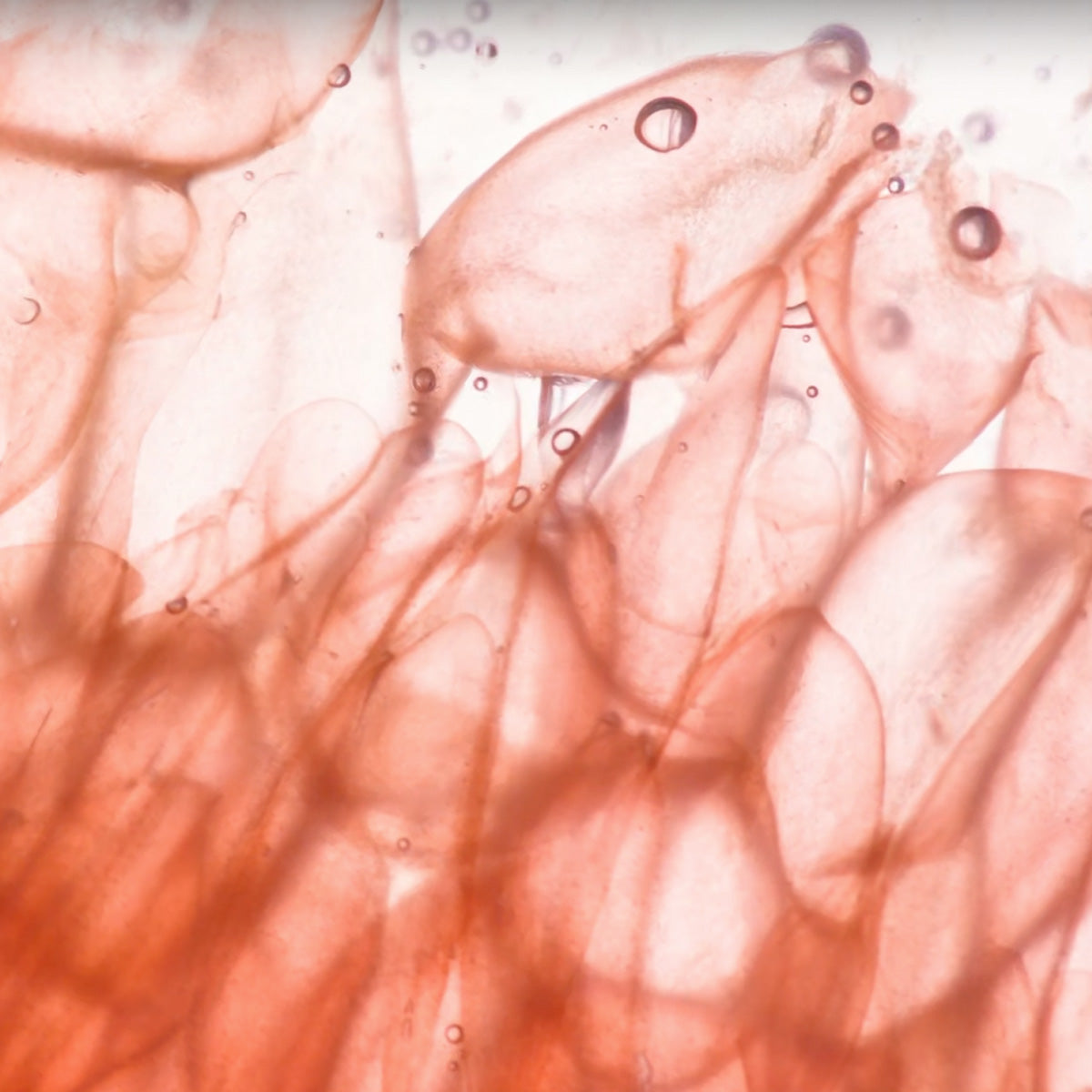
![Zinc Capsules [Zinc Bisglycinate]](http://cellavent.de/cdn/shop/files/CH_essentials-zink-kapseln-Produktbilder_2025.png?v=1760952204&width=104)

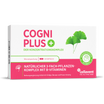
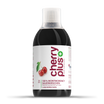
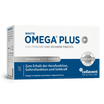
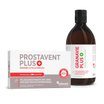
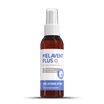
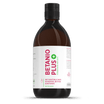

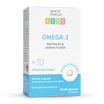

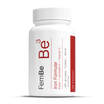
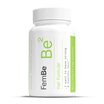
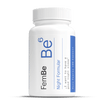

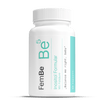




Leave a comment
This site is protected by hCaptcha and the hCaptcha Privacy Policy and Terms of Service apply.